We will notice on the reverse of the wing a Laurant Morant hallmark (for Laurent Morant Master in Lyon in 1700) referenced in the Tardy page 44.
On the back of the piece, the craftsman has carried out work of work hardening with a hammer: work thanks to which objects such as dishes ''à la Cardinal'' are given greater solidity by regular hammering.
These specialized craftsmen are called the planer dressers: they are found in large numbers in France.
Diameter: 12"
France–Lyon
Circa 1700
The ''cardinal'' dish is so named because it resembles the shape of an upside-down cardinal's hat.
Often used as ceremonial dishes to present dishes, these large dishes were in use from the beginning of the 16th century to the end of the 18th century.
Dressers and pewter potters bear their marks on the wide flange of the ''cardinal'' dishes, easy to work, and the mark of the punch is deep and clear there: thus the marks which are not very legible can make us suspect a falsified part .
The coats of arms of the owners which are engraved on the pieces made in the 17th century often refer to owners from wealthy social classes.
At the time of dishes ''à la cardinal'', pewter plates were rare in the daily life of working classes where wooden dishes dominated. Also the wealthy bourgeoisie attached importance to being able to eat from pewter plates, and people on official trips took great pain not to be served on more refined pewter dishes, in accordance with their rank.



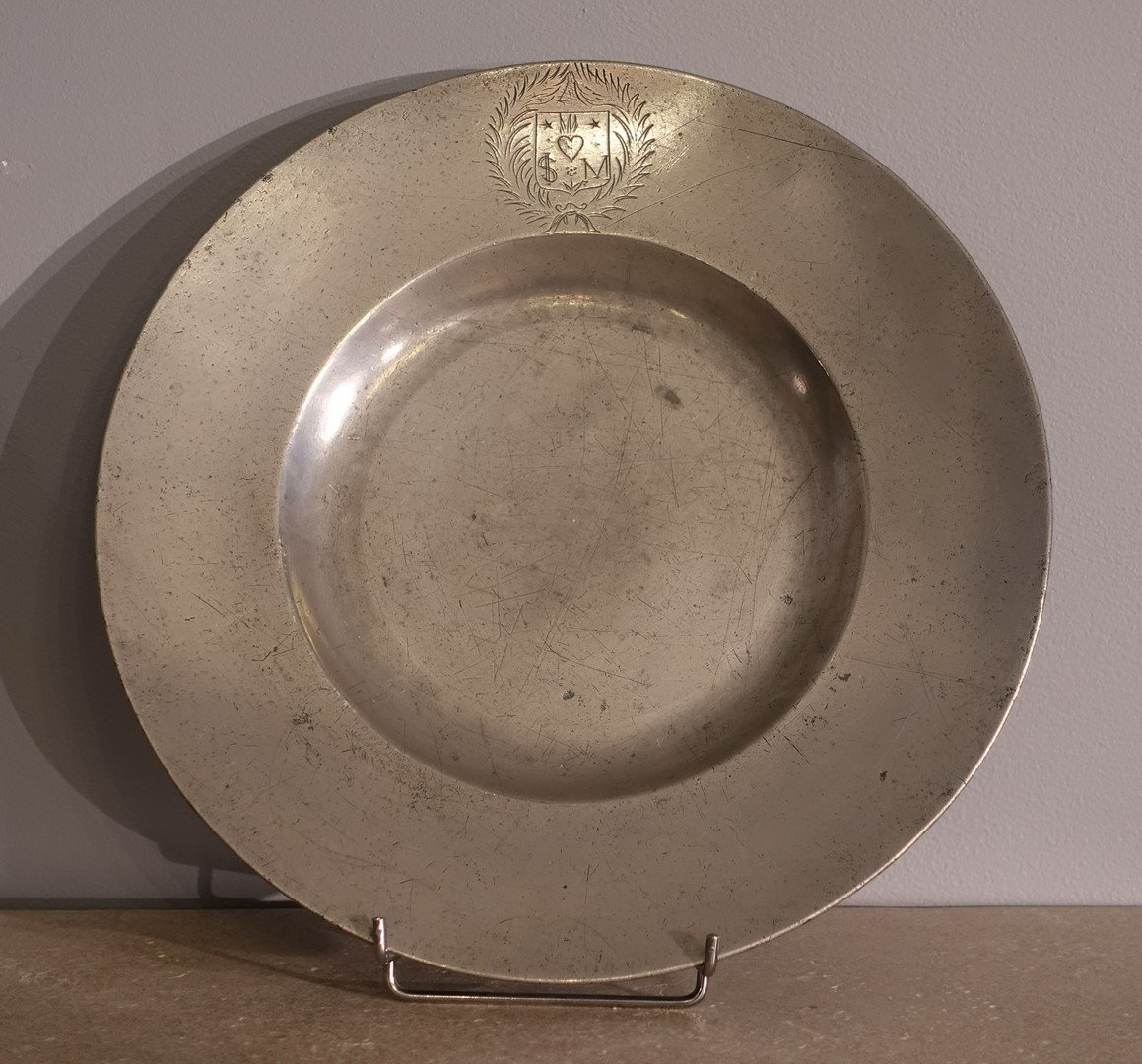
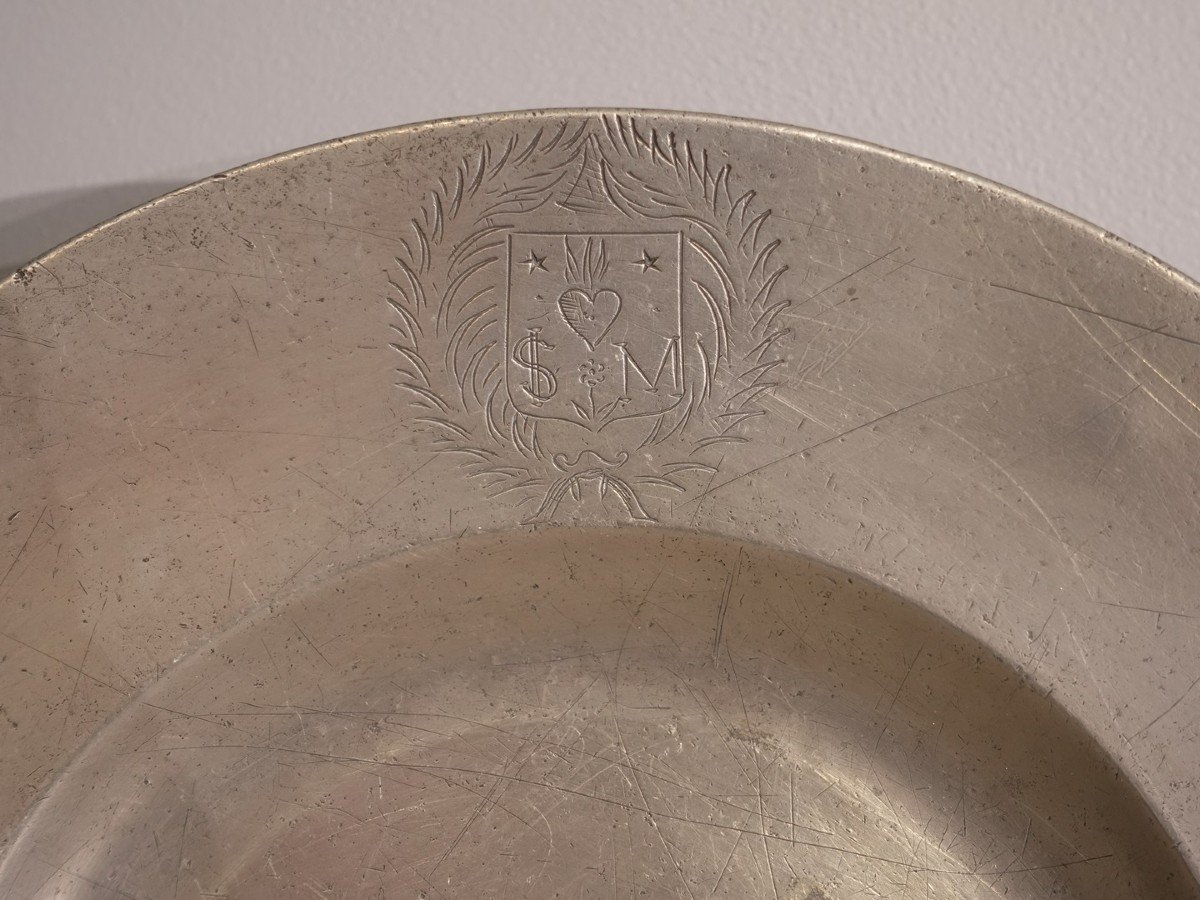


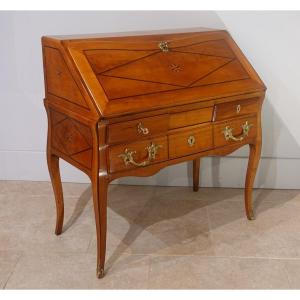






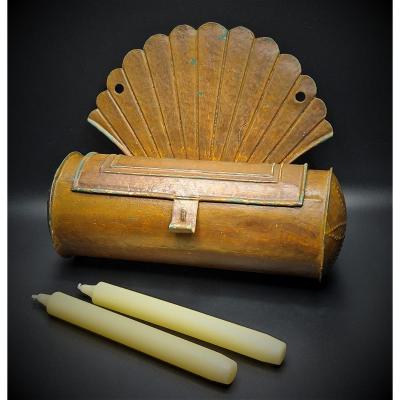


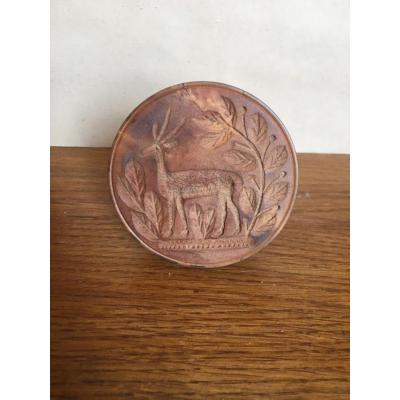





 Le Magazine de PROANTIC
Le Magazine de PROANTIC TRÉSORS Magazine
TRÉSORS Magazine Rivista Artiquariato
Rivista Artiquariato
